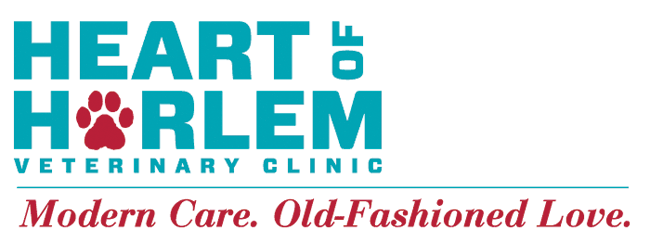Library
-
Imatinib is given by mouth and is used off label to treat certain types of cancers in dogs and cats. Give as directed. Side effects may include nausea, vomiting, muscle pain, diarrhea, skin rash, or lack of energy. Do not use in pets that are pregnant or nursing. If a negative reaction occurs, call the veterinary office.
-
Imepitoin (brand name Pexion®) is a behavior modification medication used to treat noise aversion in dogs. It may also be used to treat noise phobias in dogs or as an anticonvulsant to treat idiopathic epilepsy in cats and dogs. Its use may be off label depending on condition, species, and jurisdiction. Imepitoin comes in tablet form.
-
Imidacloprid and pyriproxyfen (brand names Advantage®II, Advantage Plus®, Provecta®II) is a topical (spot-on) antiparasitic drug used to repel and kill fleas and lice in dogs and puppies that are at least 7 weeks of age and weigh at least 1.36 kg (3 lb). This medication is labeled for treatment of flea infestations in cats and kittens that are at least 7-8 weeks of age and weigh at least 0.9 kg (2 lb) or 2.3kg (5 lb), depending on the product. Imidacloprid and pyriproxyfen comes in topical solution form that is applied directly to the skin. Do not confuse this medication with K9 Advantix®II, Provecta® Advanced, or Activate®II, similar products labeled for use in dogs only, as those medications contain permethrin, which is toxic to cats.
-
Imidacloprid oral is given by mouth to treat flea infestations in dogs only. Side effects are uncommon but may include vomiting, soft stools, decreased appetite, or difficulty walking. Do not use this medication in cats, in puppies less than 10 weeks old or weighing less than 4 pounds, or in pregnant or lactating dogs.
-
Imidacloprid topical is used on and off label and is applied topically to the skin to treat flea infestations in cats, dogs, and ferrets. It is frequently used in combination with other medications to treat a variety of parasites. Side effects are uncommon but may include irritation at the application site or drooling, shaking, vomiting, and decreased appetite if the medication is accidentally ingested. Do not use combination products in young pets. Certain combination products should not be used in cats.
-
Imidacloprid with flumethrin (brand name Seresto® collar) is a topical antiparasitic drug contained in a collar used for control of fleas, ticks, and chewing lice on dogs and puppies at least 7 weeks of age. This medication is labeled for control of fleas and ticks in cats and kittens that are at least 10 weeks of age. Imidacloprid with flumethrin comes in a collar impregnated with the medication that, if used properly, is effective for 8 months.
-
Imidacloprid, permethrin, and pyriproxyfen (brand names K9 Advantix®II, Provecta® Advanced, Activate®II) is a topical (spot-on) antiparasitic drug used in the prevention and treatment of fleas, ticks, mosquitoes, biting flies, and chewing lice in dogs and puppies that are at least 7 weeks of age that weigh at least 1.82 kg (4 lb). NEVER use in cats as permethrin is highly toxic to cats. Do not confuse this medication with similar products that do not contain permethrin.
-
Imidocarb dipropionate is an injectable medication that is administered by a veterinarian to treat babesiosis in dogs. It is also used off-label to treat other protozoal infections in dogs, cats, and horses. Most common side effects include mild drooling, tearing, vomiting, or nasal drip. Do not use in pets with exposure to cholinesterase-inhibiting drugs, pesticides, or chemicals. If a negative reaction occurs, please call your veterinary office.
-
Imipramine is given by mouth or injection and is used off label to treat behavior disorders, sudden loss of muscle tone, urinary incontinence, cancer pain, and other conditions. Give as directed by your veterinarian. Common side effects include sleepiness, dry mouth, and constipation. Do not use in pets that are allergic to it or other tricyclic antidepressants, pets currently using MAOIs, or pets that are pregnant or nursing. If a negative reaction occurs, please call your veterinary office.
-
Immune-mediated thrombocytopenia is a condition in which the body destroys its own platelets. Platelets are cells that help the blood to clot. Causes can be primary (autoimmune) or secondary to other underlying conditions. The prognosis is generally good, though relapses can occur.



